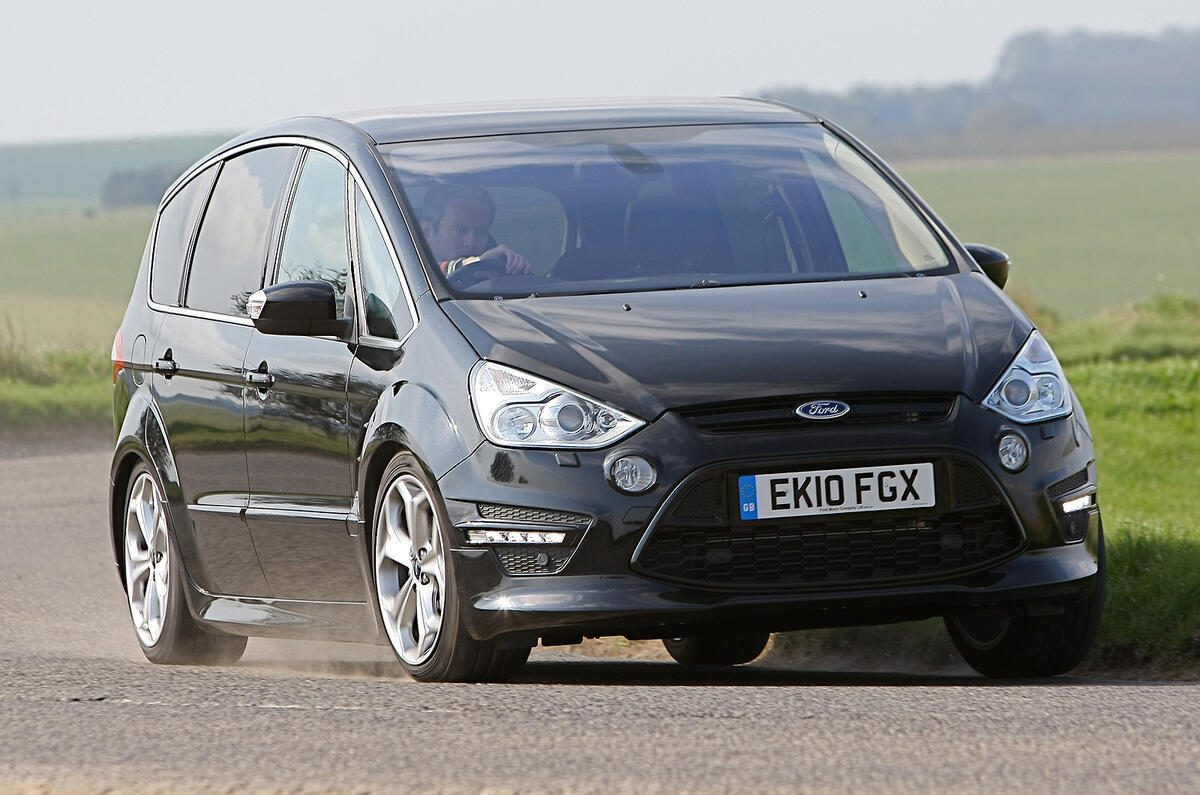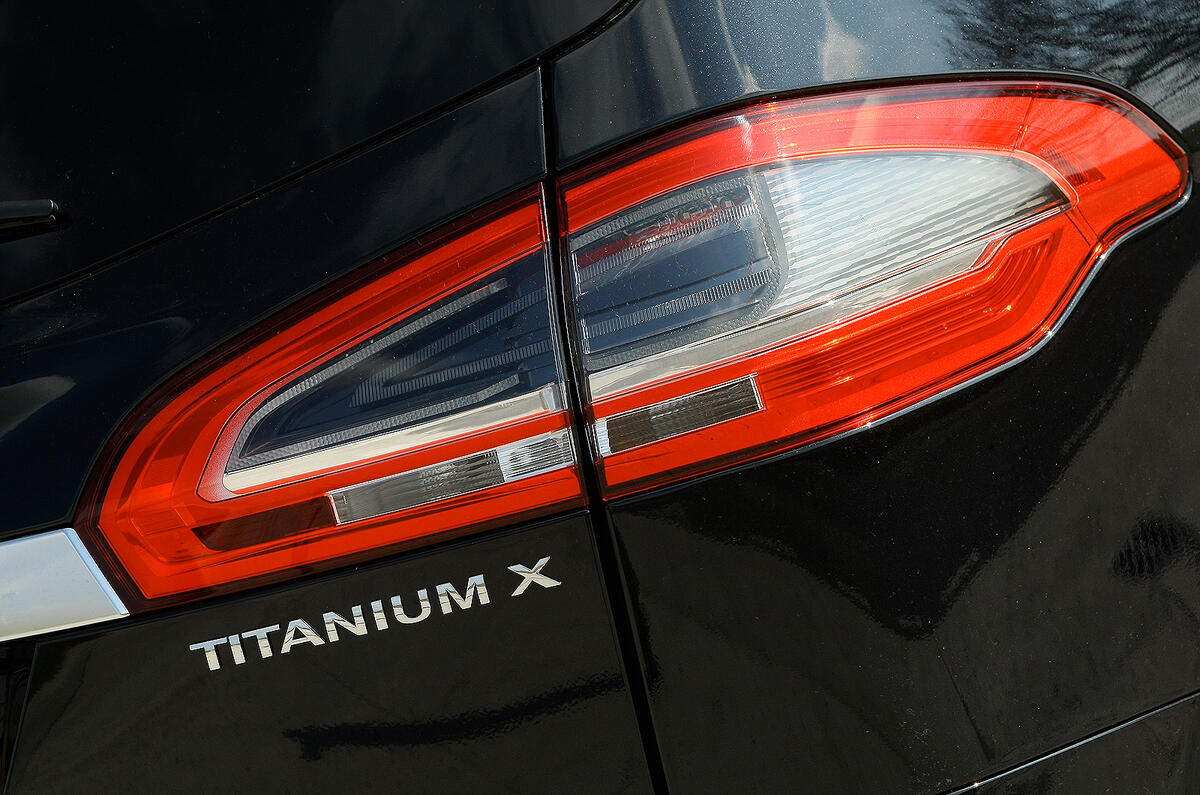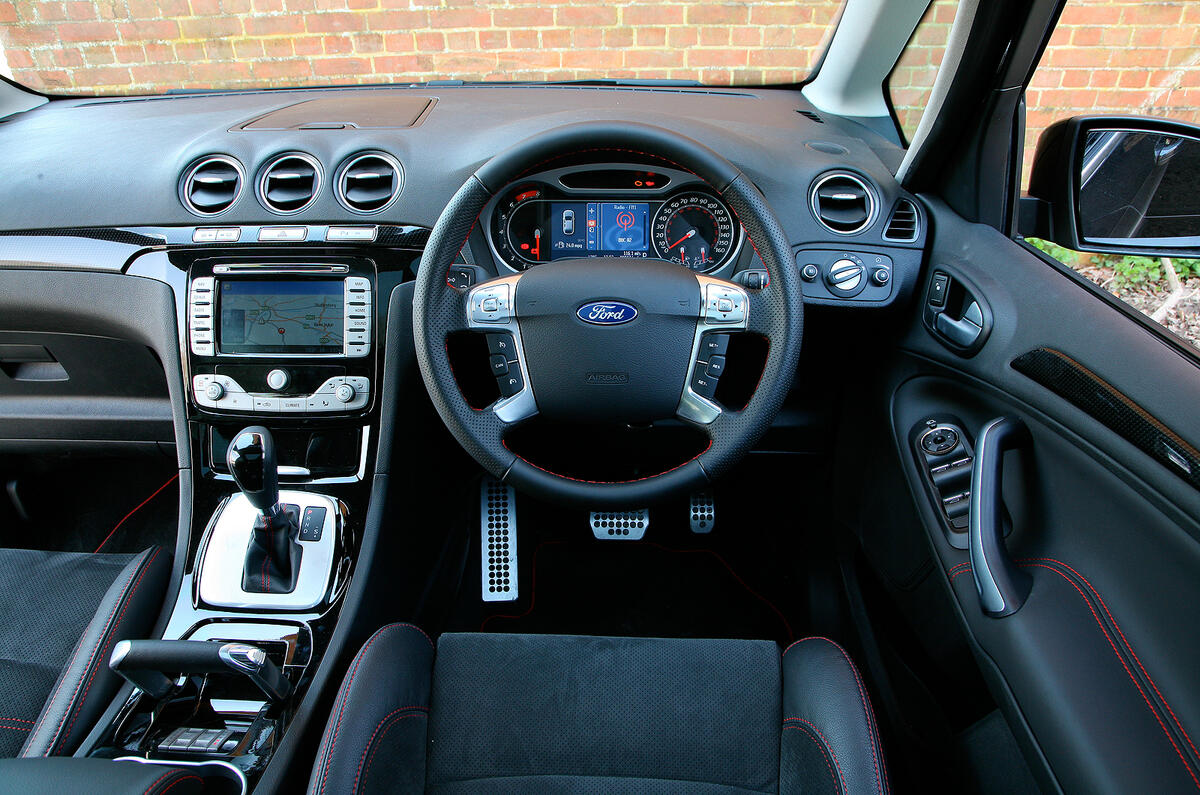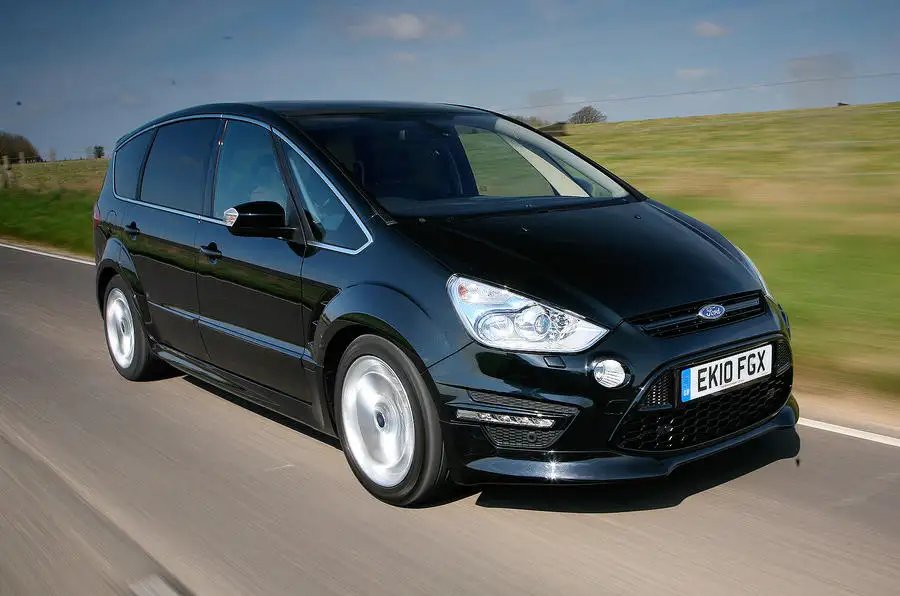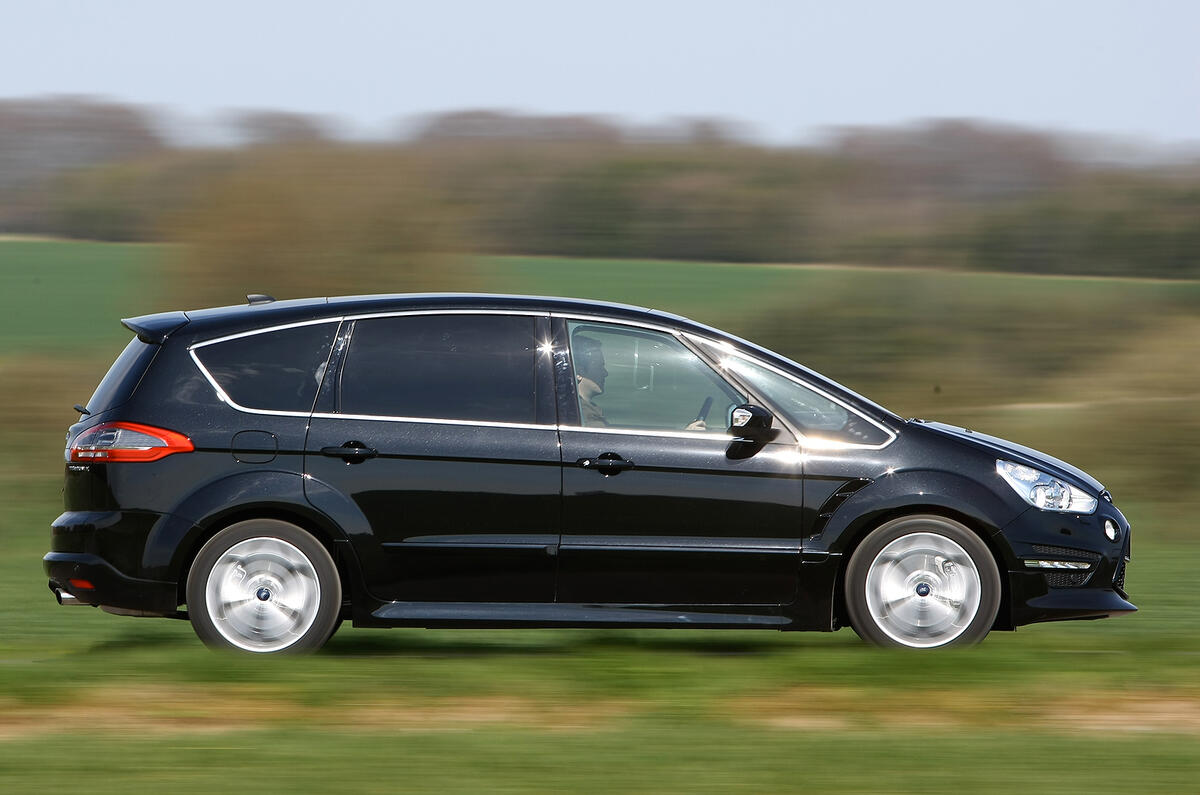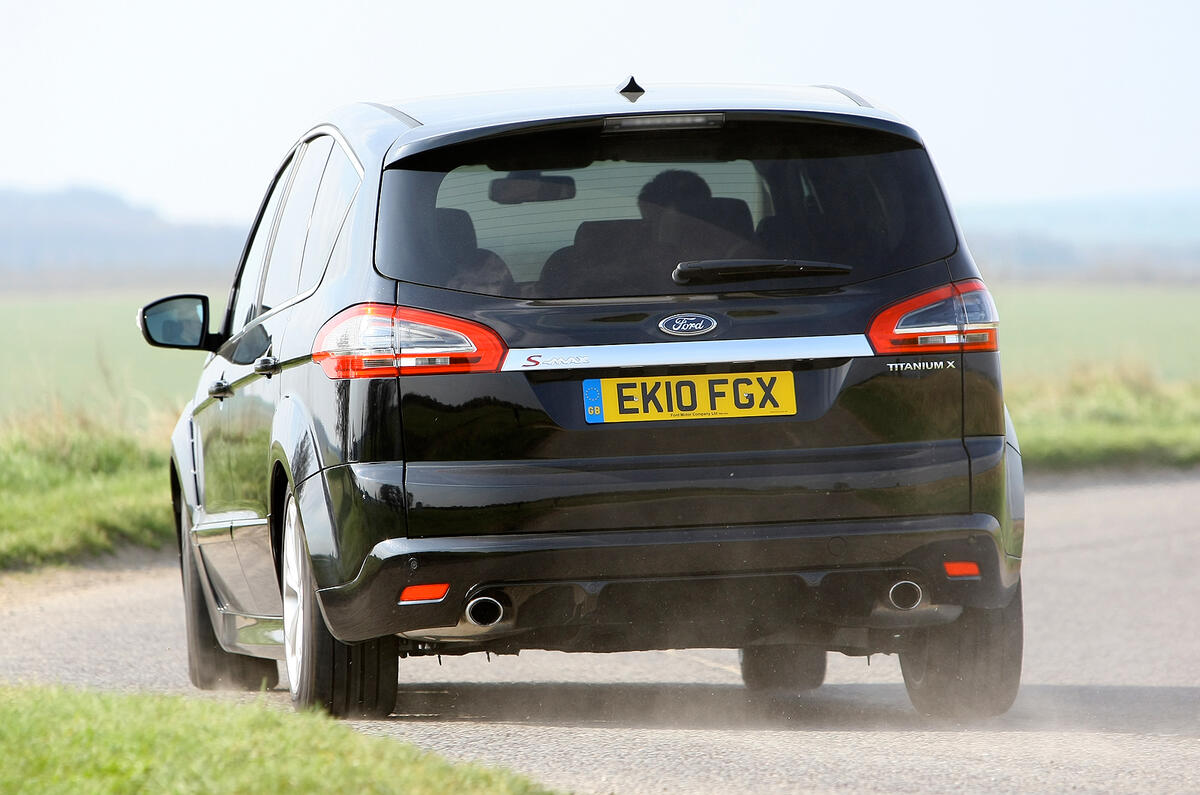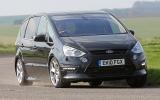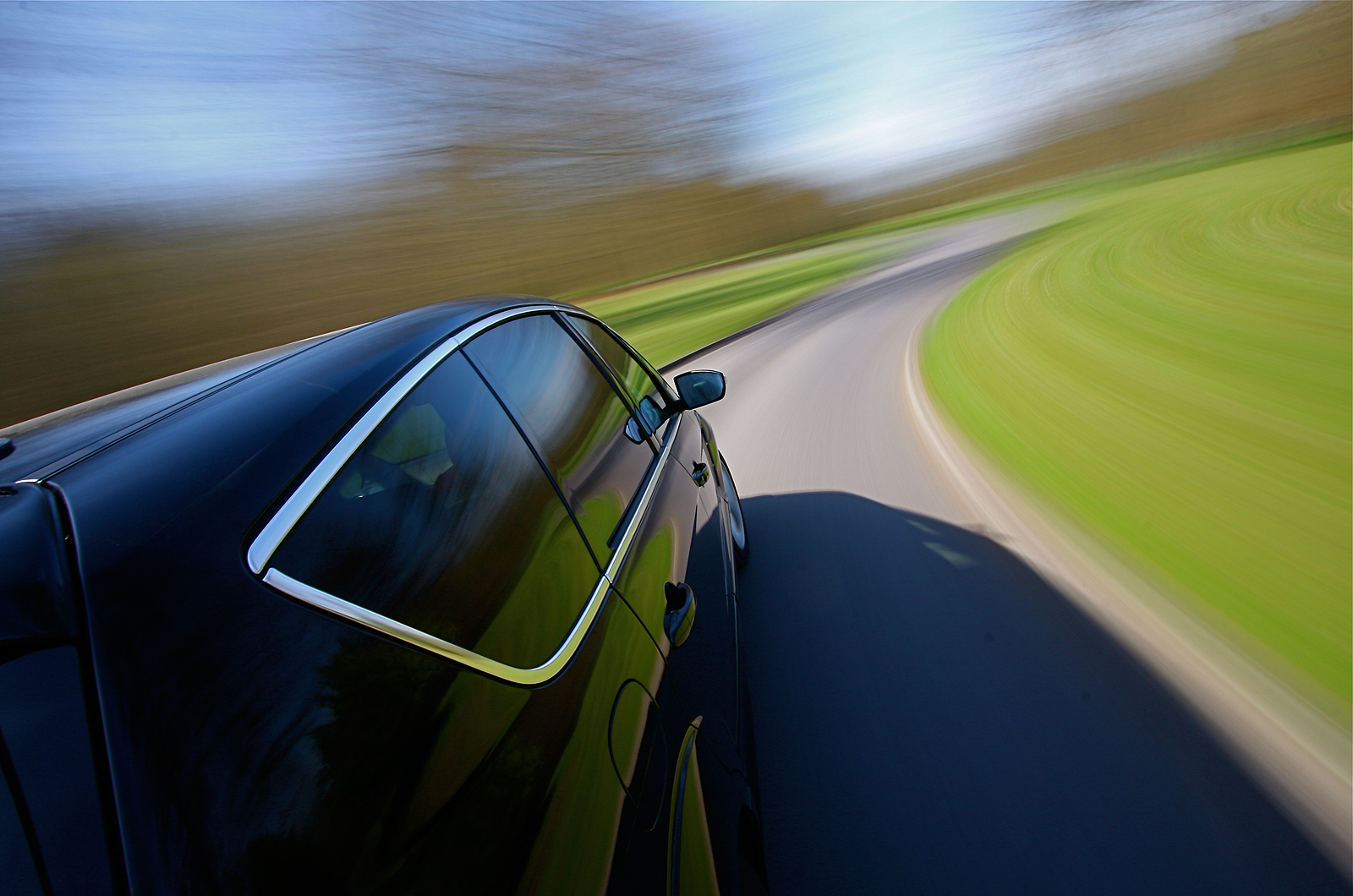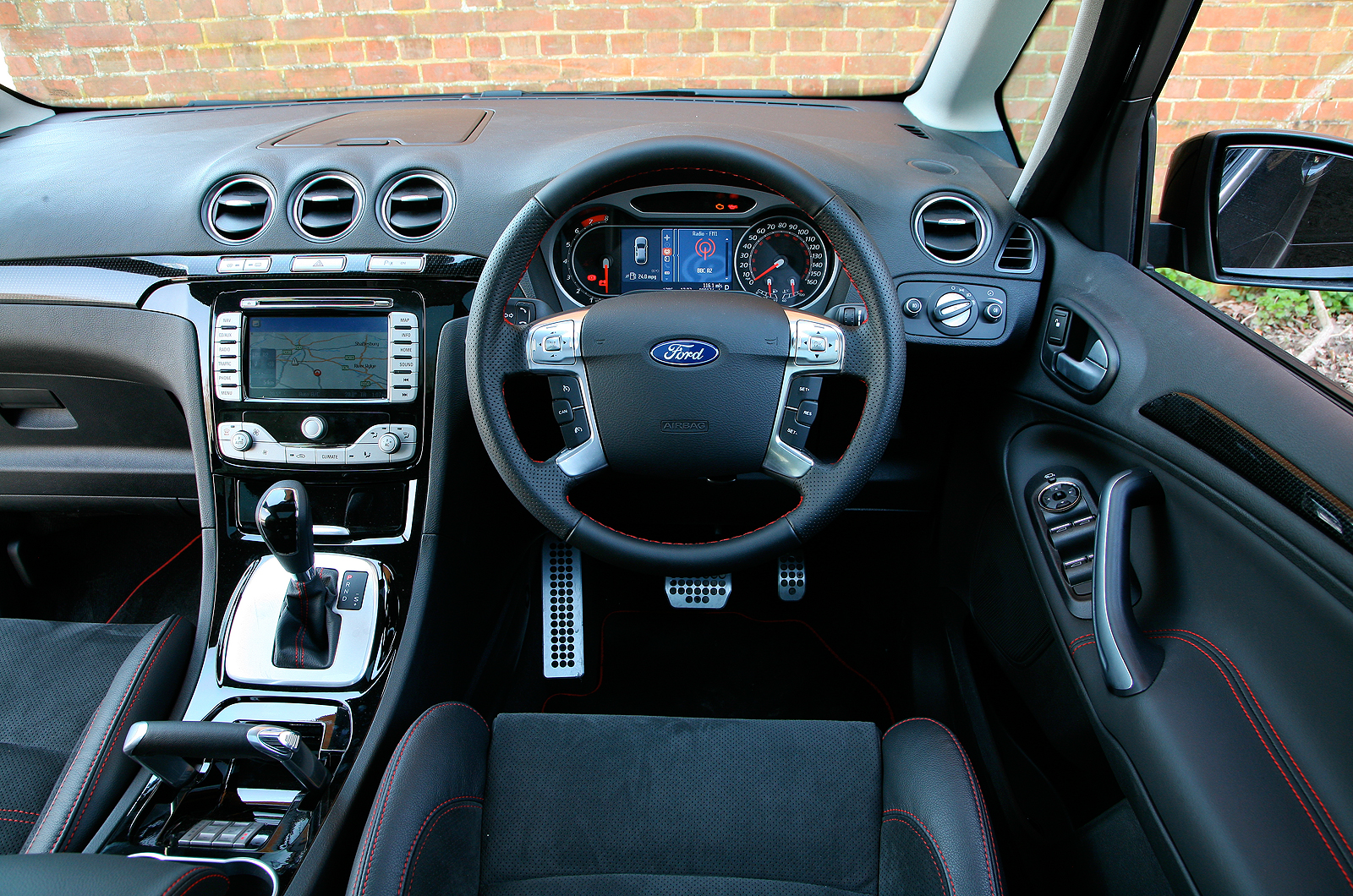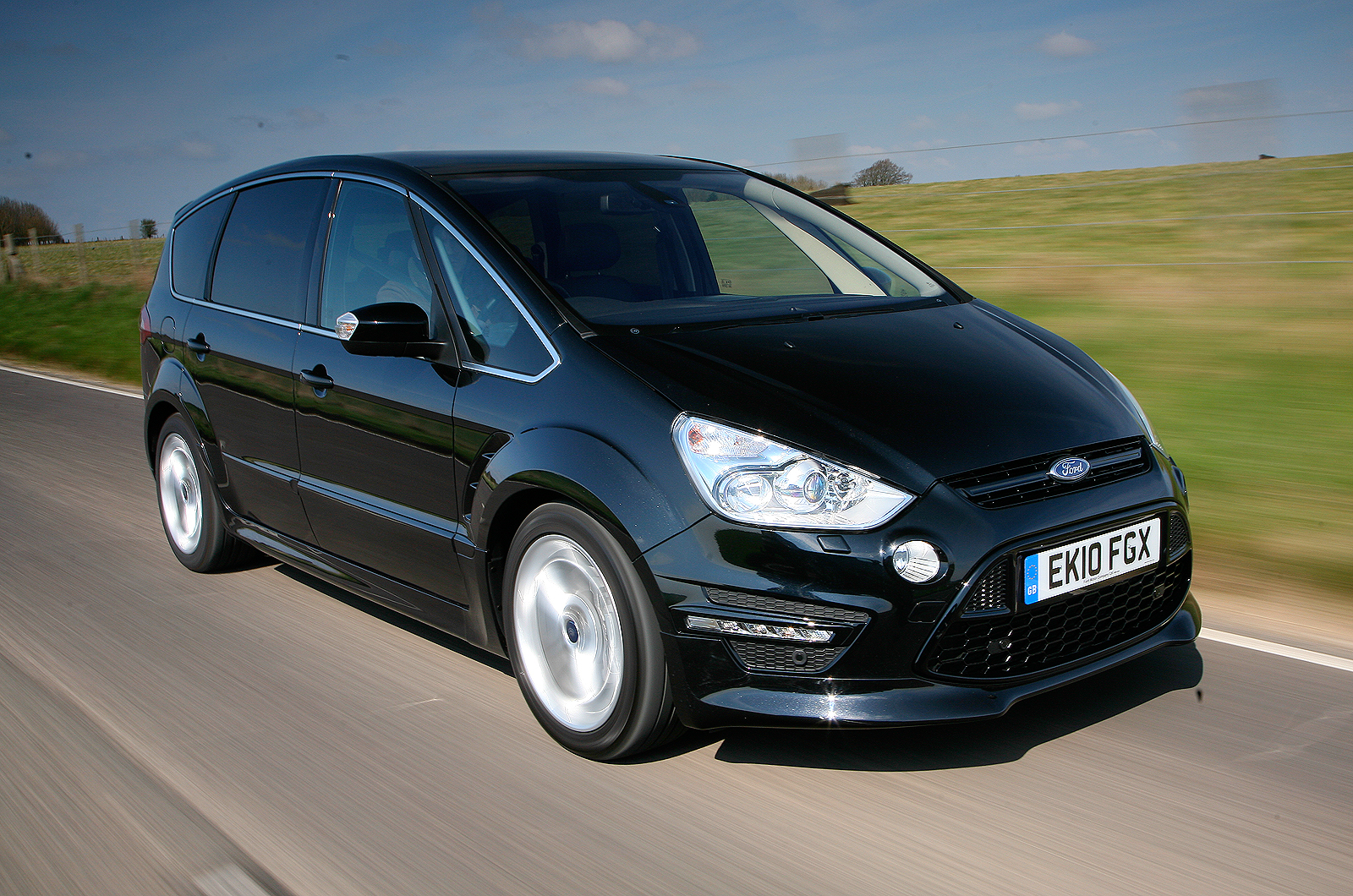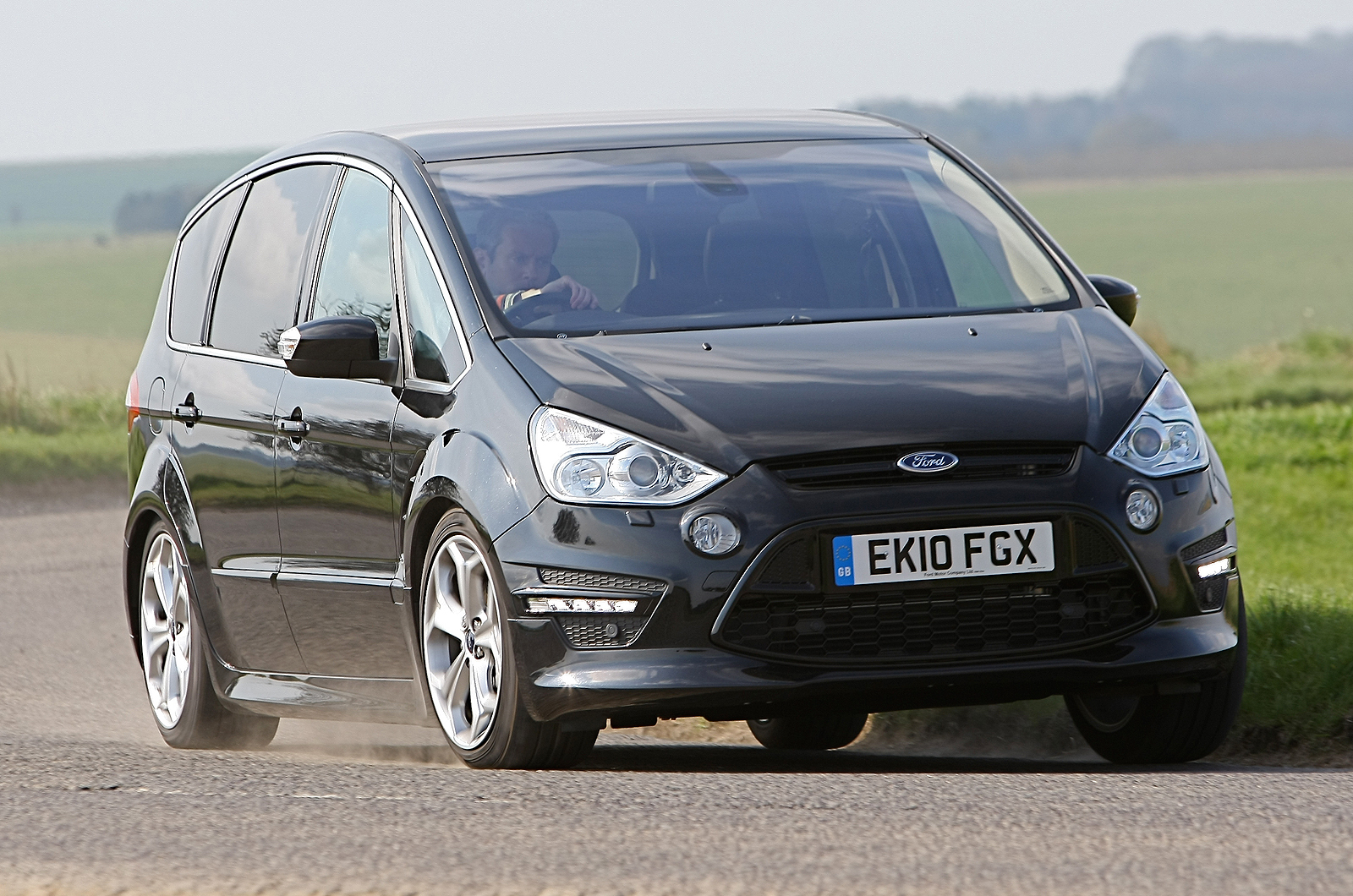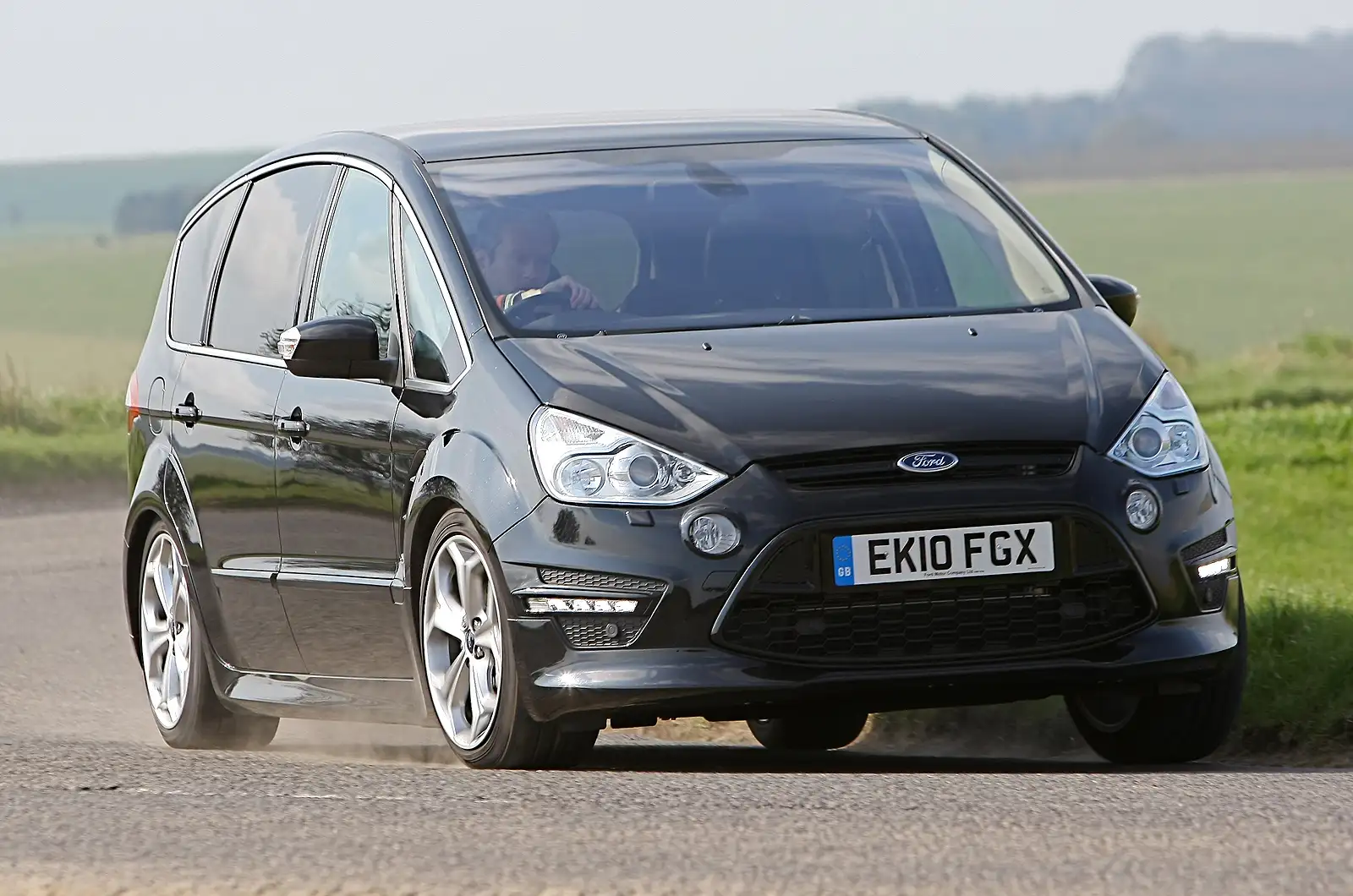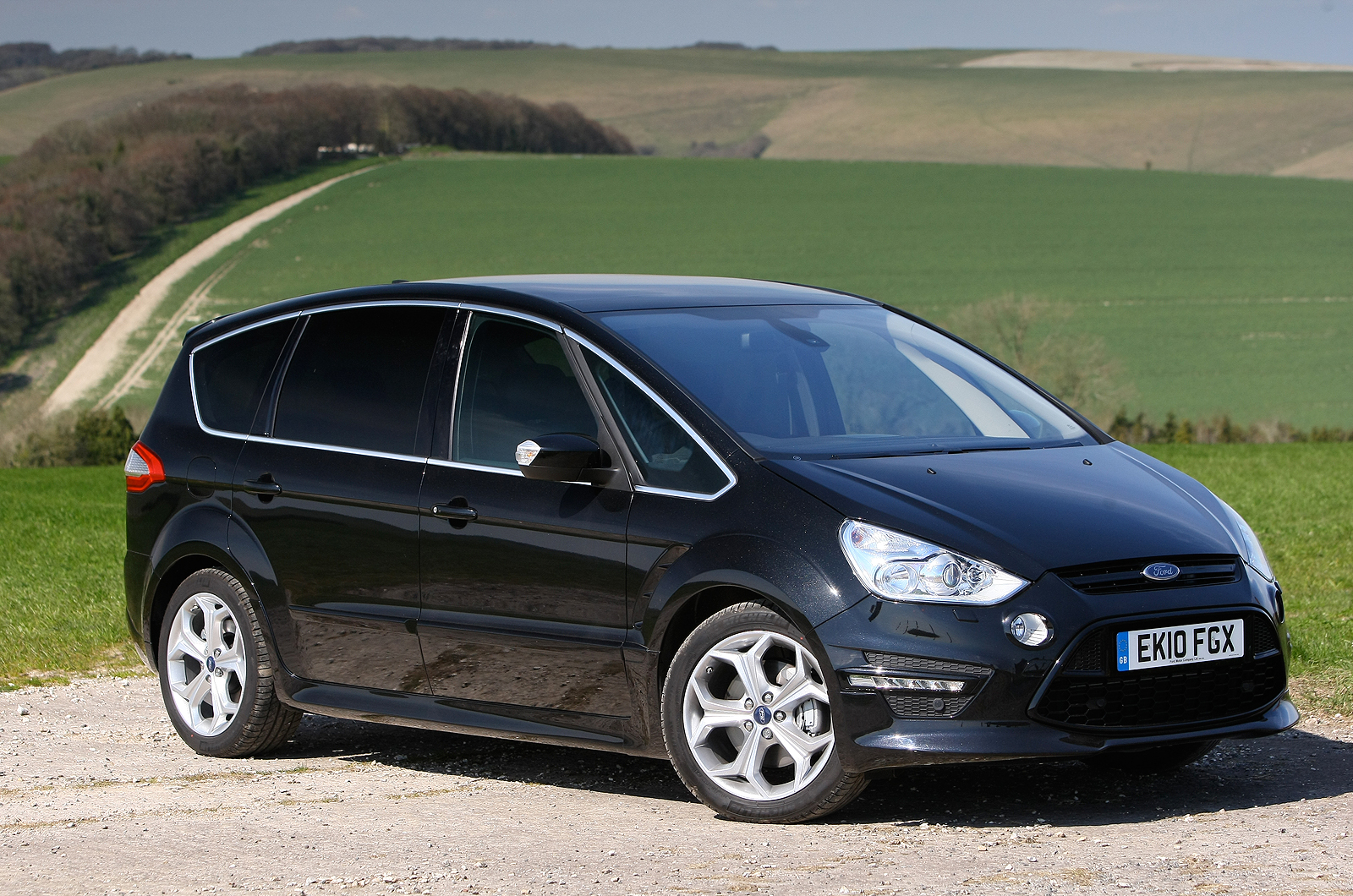You could never accuse Ford of jumping on every passing bandwagon. MPVs were as established as McDonald’s in Manhattan by the time it launched the Ford Galaxy in the mid-90s, and even then it was a conservative kind of people carrier, destined to become a best-selling stalwart of the DNA pool it shared with the Volkswagen Sharan and Seat Alhambra.
Trouble was, the Ford Galaxy has remained part of the MPV furniture ever since: practical, comfortable, dull and largely unchanged. So when the tie-up with Volkswagen and Seat ended in 2006, Ford sniffed an opportunity to grab the initiative and try something different in an othwerwise dull segment.
So it was that Ford claimed to have produced the first truly sporty, stylish, desirable, driver-orientated, full-size, seven-seat MPV in the S-Max. The S-Max is a close relative of the more sober Ford Galaxy and shares its underpinnings with the current Ford Mondeo.
The S-Max instantly became our favourite MPV when it was launched, and it remained the best car in the segment up until its mid-life nip and tuck. One suspects Ford knew how good it was, too, because when the time came for its obligatory facelift, by the standards of age-defying tucks, the ones to which the S-Max have been treated are mild.
The real changes in the latest S-Max lie under the skin, with a whole host of new engines plus claimed improvements to the ride and handling. In a segment where, so often, extra space means a compromise on performance and driving enjoyment, Ford seems to have struck an ideal balance in making sure the S-Max fills two roles: one as a family load-lugger and the other as an engaging daily driver.


